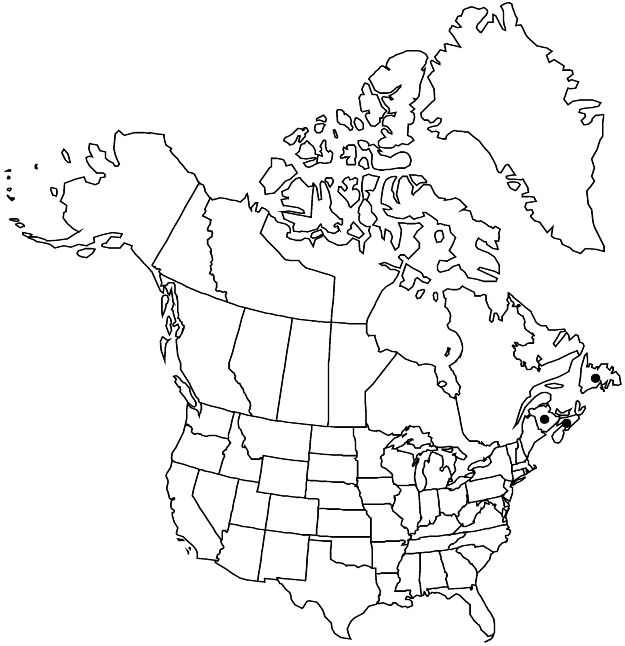Difference between revisions of "Alchemilla venosa"
in A. A. Grossheim, Fl. Kavkaza 4: 328. 1934.
FNA>Volume Importer |
FNA>Volume Importer |
||
| Line 52: | Line 52: | ||
|publication year=1934 | |publication year=1934 | ||
|special status=Introduced | |special status=Introduced | ||
| − | |source xml=https://jpend@bitbucket.org/aafc-mbb/fna-data-curation.git/src/ | + | |source xml=https://jpend@bitbucket.org/aafc-mbb/fna-data-curation.git/src/8f726806613d60c220dc4493de13607dd3150896/coarse_grained_fna_xml/V9/V9_502.xml |
|subfamily=Rosaceae subfam. Rosoideae | |subfamily=Rosaceae subfam. Rosoideae | ||
|tribe=Rosaceae tribe Potentilleae | |tribe=Rosaceae tribe Potentilleae | ||
Revision as of 18:17, 18 September 2019
Plants medium-sized, darkish green, sometimes reddish tinged, to 40 cm. Stems ± appressed-hairy. Leaves: stipules green or slightly purplish tinged, turning brown; blade orbiculate, 7–9-lobed, margins undulate, basal sinuses appearing closed, basal lobes overlapping, middle lobes rounded, as long as or longer than their half-widths; incisions relatively short to long; teeth ± connivent, slightly asymmetric, apex acute, abaxial surface with nerves hairy throughout, internerve regions glabrous or densely hairy throughout, adaxial glabrous or hairy only on folds. Inflorescences: primary branches densely hairy; peduncles hairy or glabrous. Pedicels glabrous. Flowers: epicalyx bractlet lengths equal to slightly longer than sepals (usually almost as wide); epicalyx segments and sepals patent after flowering, giving appearance of an 8-point star; hypanthium usually shorter than sepals, glabrous. Achenes exserted from discs (distinctly longer than hypanthia).
Phenology: Flowering late Jun–Aug.
Habitat: Grasslands, often near sea shores
Elevation: 0–50 m
Distribution

N.B., Nfld. and Labr. (Nfld.), N.S., sw Asia (Caucasus, e Turkey).
Discussion
Selected References
None.